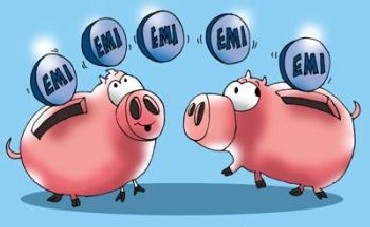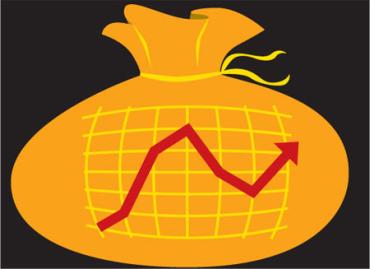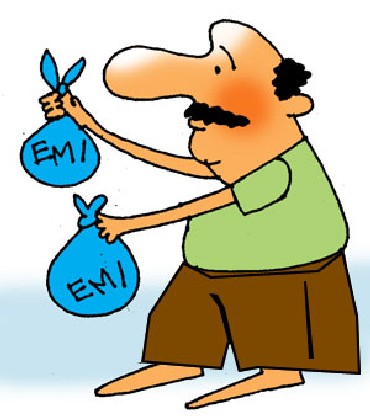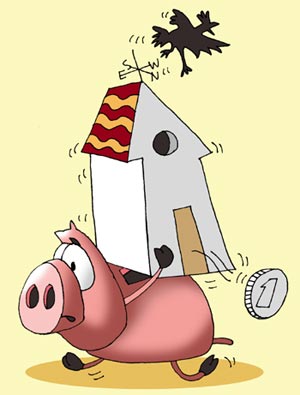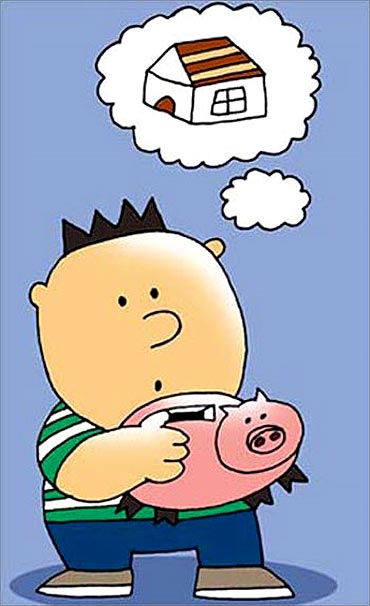 | « Back to article | Print this article |
Here's what you need to know about hybrid loans
In a rising interest rate scenario, borrowers generally tend to hold back on procuring loans.
To encourage them to take the plunge banks often try to make the best of the situation by floating innovative loan products that holds appeal and promise to the customer.
In one such move, last month ICICI bank introduced a new home loan product with fixed interest rate for the initial first and second years and floating rates thereafter.
HDFC followed suit this month, by offering fixed rate for the initial three and five years.
Click NEXT to read more...
Here's what you need to know about hybrid loans
While both banks refuse to call it a "teaser loan", and named it a "hybrid loan" or "dual interest loan", the banking industry on the other hand alleges that it is just another "teaser".
RBI says all dual loans are considered teaser loans and banks must make provisions as mandated by them.
RBI, however, clarifies that such products are legitimate and they have not banned such products, but only laid down rules.
Click NEXT to read more...
Here's what you need to know about hybrid loans
Banks on the other hand argue that as in the new scheme, the fixed rate offered in the initial years are on par with the current market rates and therefore, they cannot be called teasers and does not require higher provisioning.
The floating rates on these products are linked to the bank's base rate and any cut in the minimum lending rate will also reduce them in future.
Teaser loans are adjustable-rate loans, in which the borrower will have a fixed lower interest rate for the first two or three years, which changes thereafter according to the prevalent market conditions applicable at that time.
Click NEXT to read more...
Here's what you need to know about hybrid loans
SBI has initiated the scheme in 2009 and almost all leading banks joined the bandwagon with them. Thus, teaser loans became very popular in a short span.
Banks positioned the loans as good to avail higher loan amounts.
It was also justified that when borrowers start paying higher EMIs after two-three years, their income would have gone up, offsetting the increased repayment liability.
In October 2010, RBI intervened and increased the standard provisioning requirement for dual loan products from .5 per cent to two per cent in order to not encourage them beyond a particular bandwidth.
Click NEXT to read more...
Here's what you need to know about hybrid loans
Following this mandate, banks withdrew the schemes.
The new loan schemes of ICICI Bank and HDFC are as follows:
Bank scheme - Loans < 25 lakhs - 26 lakhs to 75 lakhs - 76 lakhs and above
ICICI Bank - One year fixed - 10.5 per cent - 11 per cent - 11.5 per cent
Two year fixed - 10.75 per cent - 11.25 per cent - 11.75 per cent
HDFC Bank - Three years fixed - 10.75 per cent - 11.25 per cent - 11.75 per cent
Five years fixed - 11 per cent - 11.5 per cent - 11.75 per cent
Click NEXT to read more...
Here's what you need to know about hybrid loans
When Avishka opts for a hybrid loan @10.75 per cent from HDFC, her EMI will be fixed for Rs.10,150/- for three years against the loan of Rs 10 lakh.
If in case in 2013, the rates come down to 8.5 per cent, the EMI for 10 lakhs will be Rs 8,680/- but Avishka will continue to pay the same EMI for one more year.
That means in the year 2013 alone, her loss will be Rs 19,360/-.
In 2009, when the economy was moving up, the interest rates too were climbing.
Click NEXT to read more...
Here's what you need to know about hybrid loans
But in the current scenario, it is expected that interest rates may go up by 50-100 basis points (0.5-1 per cent) in the near future and then will start to fall within two years.
So, if a borrower opts for the new scheme, most likely, he might lose out on the possibility of a downward trend in interest rates, as he will have to pay higher EMIs, when interest rates are down.
Also, it has to be noted that the rates for the new dual rate loans are actually higher for larger loan amounts and for others it is on par with the ongoing rates.
Click NEXT to read more...
Here's what you need to know about hybrid loans
Make sure that the financier provides a clear amortization of the loan repayment.
In this rising home loan interest rate scenario a buyer needs to be very cautious in his decision making.
If you are comfortable with the prediction of the trends in rates, the new dual-rate loans are not for you.
Powered by
BankBazaar.com is an online marketplace where you can instantly get loan rate quotes, compare and apply online for your personal loan, home loan and credit card needs from India's leading banks and NBFCs.
Copyright 2025 www.BankBazaar.com. All rights reserved.

